Modernization and hypersonic threat. Processes for updating the US strategic missile defense
To date, the United States has created a fairly large and developed multicomponent strategic missile defense system, but it does not fully meet the current challenges and requirements. In this regard, the ABM Agency is developing several new projects of various kinds at once, aimed at increasing overall efficiency and expanding combat capabilities.
Deep upgrade
The Agency's current plans for missile defense, the implementation of which has already begun, envisage a major restructuring of defense systems. In general, it is planned to preserve the main part of the existing missile defense components, modernize them and supplement them with new systems. At the same time, the existing system will become multilevel, which will create a more effective echeloned defense.
This year, work continues on the SM-3 Block IIA anti-missile missile, for which approx. $ 40 million. In November last year, the ABM Agency and Contractors managed to conduct the first successful test launch of such a product with the interception of a training target. This was cause for optimism, but in general did not affect the volume and complexity of the upcoming work. Accordingly, activities for a new modification of the SM-3 will continue.
Work continues on the deployment and improvement of the Aegis Ashore land-based missile defense systems. FY2021 for these needs demanded more than 55 million. In the near future, it is planned to complete the deployment of the next such complex in Hawaii. It is also necessary to finalize the hardware and software for the future use of the latest modification of the SM-3 rocket.
In 2021, another project to modernize the THAAD complex is launched. Due to the promising missile and other components, it is planned to increase the range and effectiveness of the firing. This year, $ 140 million has been allocated for such work.Flight tests are scheduled for 2023.
New developments
FY2021 the development of a promising NGI (Next-Generation Interceptor) interceptor missile began. In the future, this product will have to replace the aging GBI anti-missile missiles with the EKV interception stage. Due to new technologies and solutions, it is planned to obtain higher characteristics. The new NGI project is seen as a more effective and useful replacement for the previously canceled GBI missile modernization program by installing a new RKV interceptor.
In the current fiscal year, more than $ 660 million will be spent on NGI development. According to the plan, development work will take five years. The total expenditures on the project during this time will reach 4,9 billion dollars. By now, the ABM Agency has managed to develop a technical task for a new project, launch a competitive development and accept applications from participants. The choice of the winner, who will have to develop a full-fledged project and build missiles, has not yet been reported.
The issues of improving control loops are being worked out right now. In the next fiscal year, these activities will move to the full development stage. The ABM Agency plans to create and implement new means of communication and control, with the help of which all defense complexes will be networked and able to work together. This will improve the ability to redistribute target data and issue target designation.
Hypersonic problem
Geopolitical competitors of the United States are developing promising hypersonic missile systems, and in the coming years this weapon will become a real and extremely dangerous threat. The Pentagon understands this and is trying to take appropriate action. According to the latest news, work on missile defense, aimed at intercepting hypersonic targets, will be resumed and brought to its logical conclusion.
Recall that research work on the topic of "hypersonic" missile defense has been carried out since 2019. Then a competition was announced, and in March 2020, the ABM Agency began to consider applications. In July, it was reported about the imminent selection of the winner and the signing of a contract for the full development of the project. However, just a few days later, they announced the suspension of work for an indefinite period. It was proposed not yet to develop a new interceptor for hypersonic targets and explore alternative possibilities.
As is now clear, these studies did not produce the desired result. A few days ago, the Agency's leadership announced the resumption of work on a specialized "hypersonic" missile defense system. Moreover, some ideas and plans have been revealed.
The agency closely monitors the tests of foreign countries, collects and analyzes data. Due to this, it was possible to formulate approximate requirements for its anti-missile and other elements of the complex. So, they plan to detect hypersonic missiles using existing ground and ship radars. It is possible to create specialized spacecraft. The interception is proposed to be carried out using a completely new anti-missile missile. It will hit the target on the gliding section of the trajectory, where it is most vulnerable. New controls will be needed, taking into account the peculiarities of hypersonic weapons.
However, the exact shape of the future missile defense system and its characteristics have not yet been determined. The terms and cost of the work have not yet been calculated either. In addition, in the draft military budget for the next year, there were no spending on such developments. Perhaps the necessary items will be introduced in the near future, and the project will be able to launch as early as 2022 FY.
Development problems
From the moment of its creation, deployment and the beginning of combat duty, the US strategic missile defense had limited capabilities, which is why it was constantly subjected to fair criticism. The ABM Agency and other organizations, whenever possible, took measures, but the general characteristics and capabilities of the defense systems were far from fully consistent with the assigned tasks.
The processes of development and modernization of individual components and missile defense as a whole continue. The current plans of the Pentagon and the Agency provide for the renewal of individual products or complexes, and also propose the creation of new projects, incl. to fill the still empty niches.
Based on the results of already launched and launched programs, the US missile defense system should change significantly. It is supposed to preserve and increase the ability to track a potential enemy, detect launches and flying missiles with the subsequent issuance of target designation. The interception will be carried out by sea and ground missile systems of several types. At the same time, the ship and land systems will receive a new version of the SM-3 rocket, and the GBI rocket will in the future be replaced with a more advanced NGI.
In addition to ballistic targets, missile defense will be able to detect and strike aerodynamic hypersonic objects. For this, a specialized complex is being created, which in the future will be integrated with other systems. However, the timing of the appearance of the "hypersonic" missile defense is still unknown, and we are talking only about the distant future.
Thus, the ABM Agency and related organizations continue to fulfill the assigned tasks and are doing everything possible to improve the existing strategic missile defense system. The latest news shows that they are monitoring the situation, taking into account past mistakes and trying to meet new challenges. How successful such events will be, incl. foreseeable this year will become clear in the future. In the meantime, it is clear and obvious only that new projects will again be complex and expensive, and the solution to the tasks set is not guaranteed.
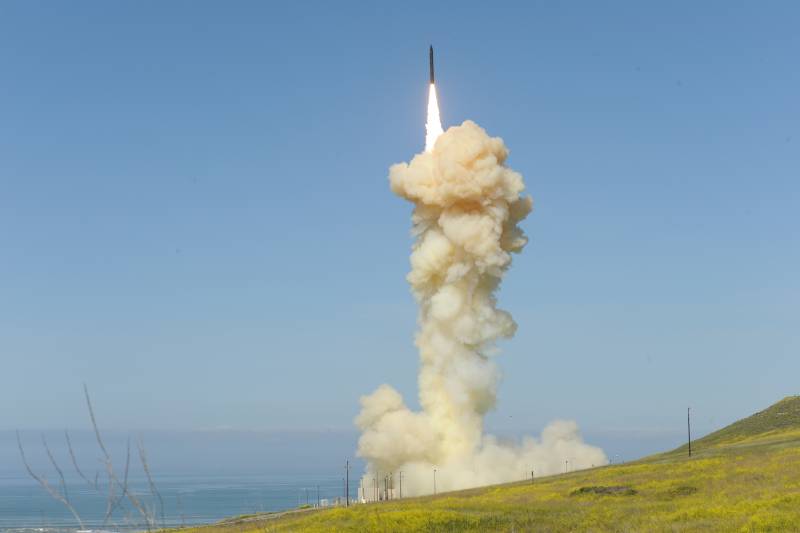
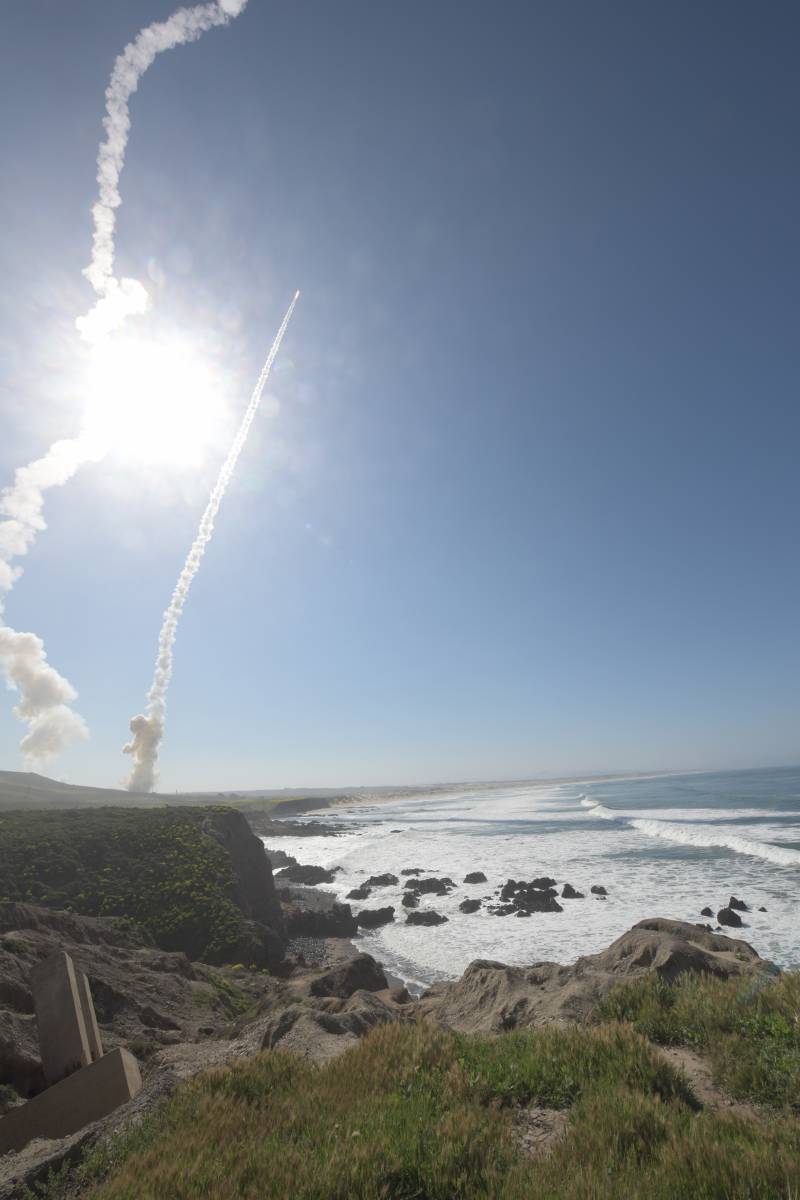
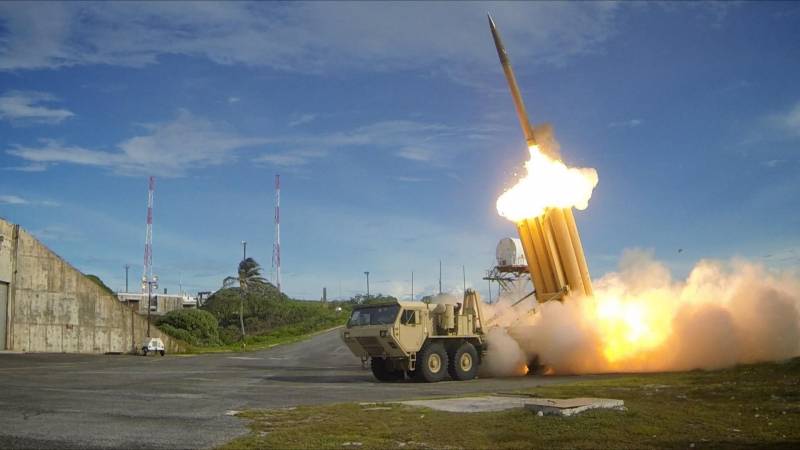
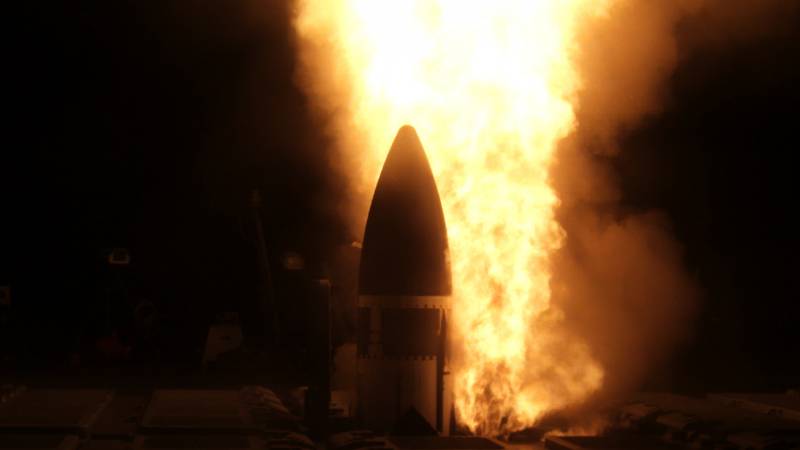
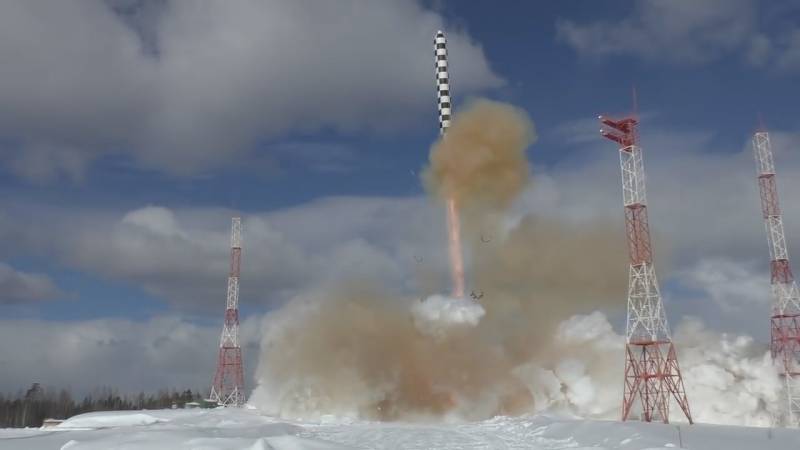
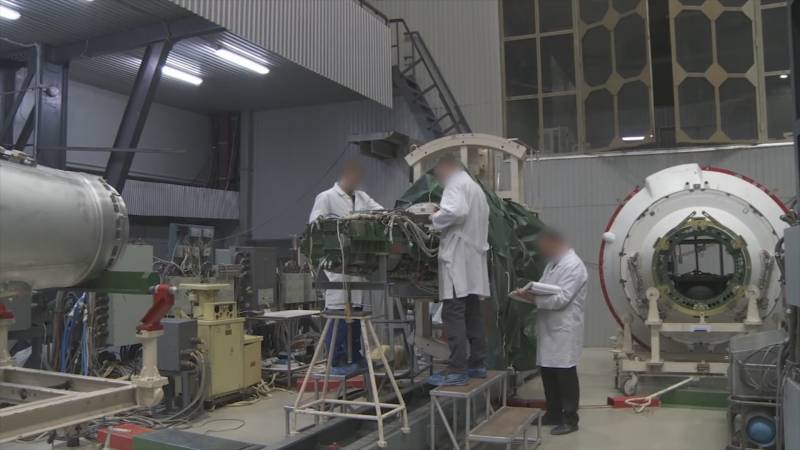
Information